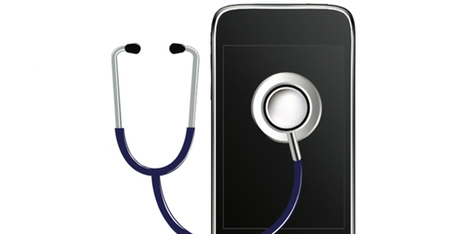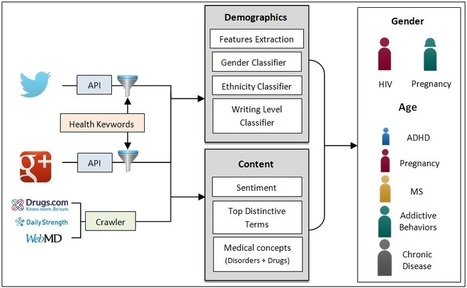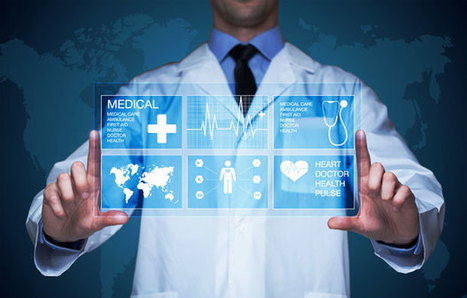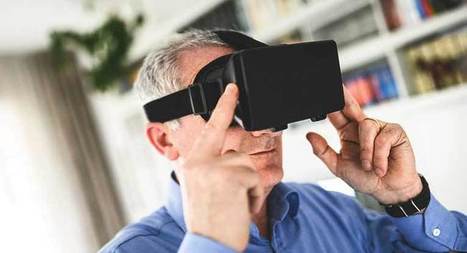More than 60% of smartphone users used their mobile device to search for information about a health condition, according to Pew Research Center. The analysts at eMarketer have forecast that pharma digital ad spending will rise to $2.55 billion by 2019.
This growing evolution in digital applications to monitor and improve health sets the foundation for new strategies in pharma marketing. Both physicians and patients are heavy users of mobile, and a new challenge arises when the industry shifts its focus to messaging targeting patients. Marketers now need to learn how to create a meaningful digital experience for patient-consumers.
The growth in mobile investment within the industry is real. For example, half of Takeda’s Web traffic last year came from smartphones and tablets, which is why the drug maker is optimizing mobile for both patients and physicians in its marketing campaigns.
The real opportunities don’t lie in simply providing informational material — the app version of brochureware — but in finding simple ways to improve adherence and outcomes, When mHealth apps are paired with traditional treatments, this becomes possible.
The industry needs to act on the opportunity to be in the pockets of its consumers
read more at http://www.pharmavoice.com/article/2016-06-mobile-technology/



 Your new post is loading...
Your new post is loading...












